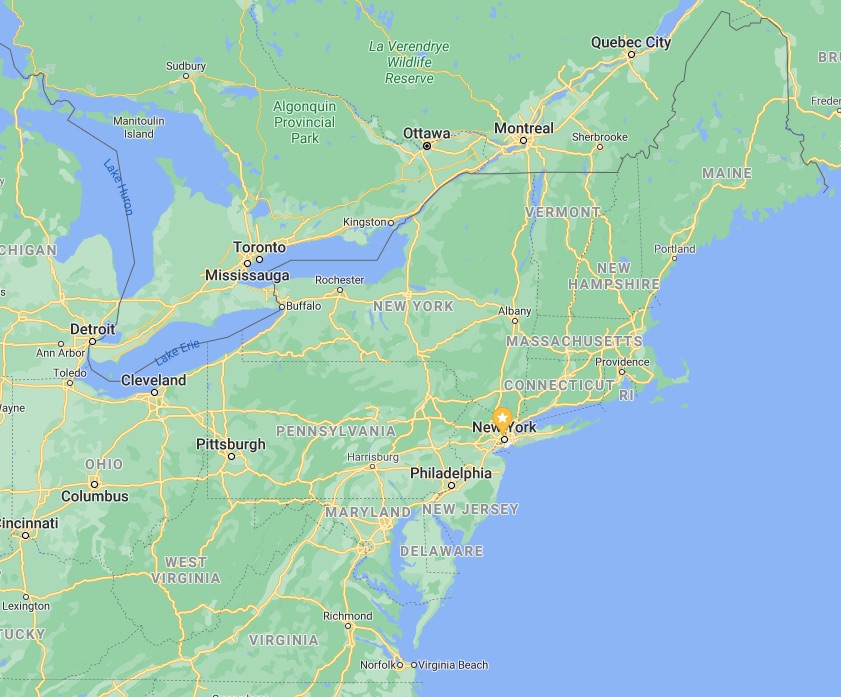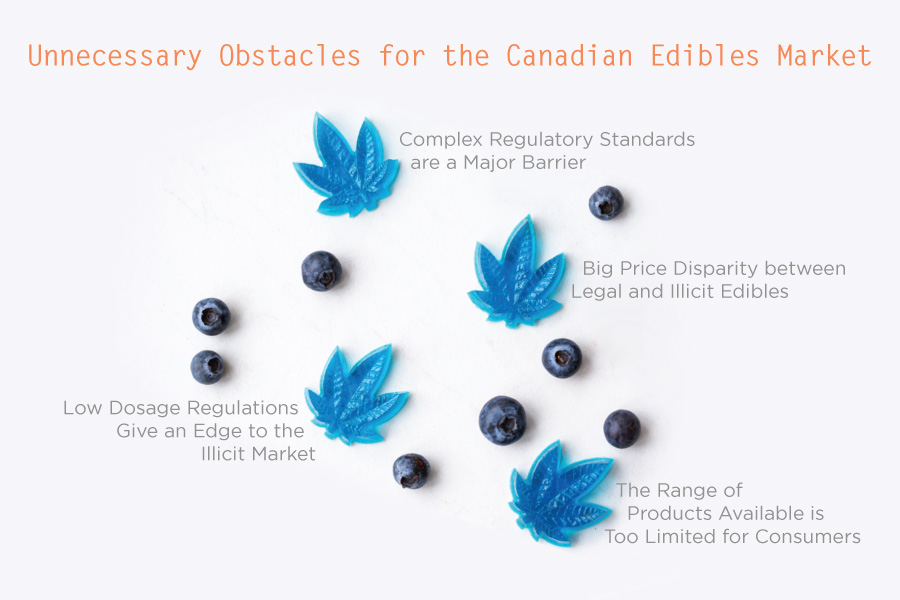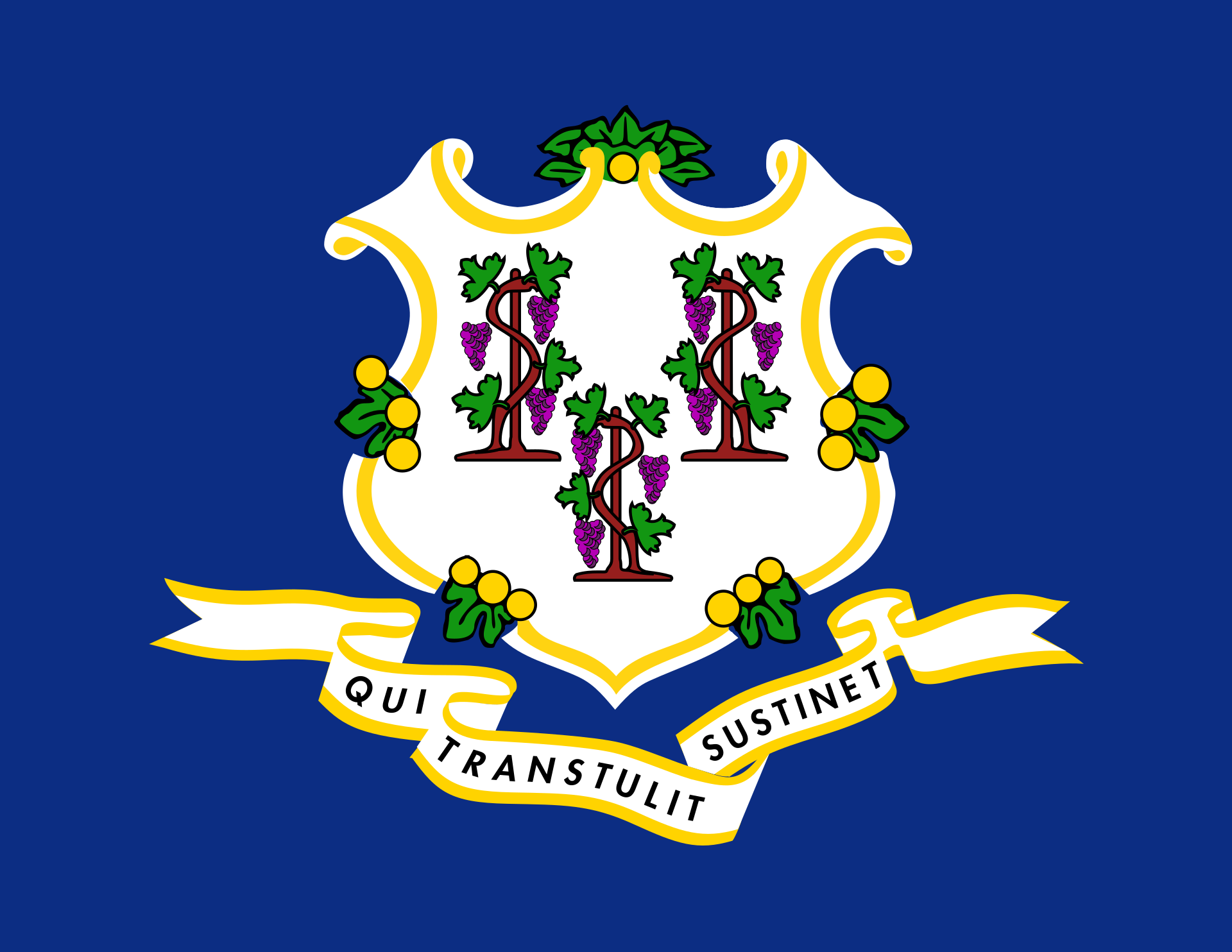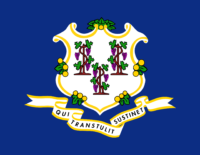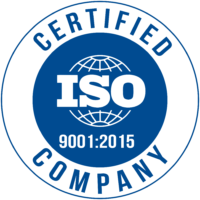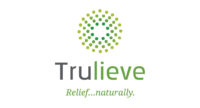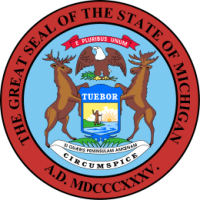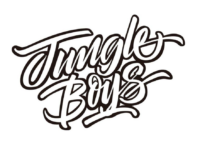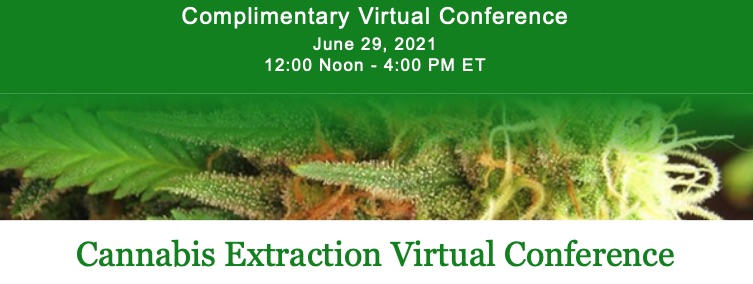Cannabis hit major milestones in the first half of 2021. Adult use cannabis is legal in five more states, bringing the total to 16 plus Washington D.C. In addition, two pieces of federal cannabis legislation were recently revived by Congress. Even with these developments, the cannabis industry faces an uphill climb to navigate state and local regulations levied on its sales, operations, taxes and advertising.
Advertising regulations present big hurdles for cannabis businesses to overcome. With cannabis illegal at the federal level, traditional advertising avenues like broadcast and radio are limited to the states where it is legal. Still, many networks won’t touch cannabis ads. Major tech companies like Google, YouTube and Facebook largely bar cannabis businesses from online marketing. With cannabis advertising laws that vary state to state, companies face a hodgepodge of regulations with little consistency.
So, how are brands working within this messy regulatory framework? They’re turning to out-of-home (OOH) advertising. Here’s what to know about legally advertising cannabis products and brands through outdoor media.
A state-by-state patchwork of regulations
Medicinal cannabis has been legal in California for more than two decades, and adult use cannabis is going on five years. Yet, debate rages on over how visible cannabis advertisements should be in daily life. This isn’t just happening in The Golden State. Other states like Colorado and Oregon with established legal cannabis industries continue to grapple with how to regulate cannabis advertising in print and outdoor formats. Not to mention that states just getting into the legalization arena are playing catch up to get rules and regulations in place.
With the right partner, cannabis companies can navigate the nation’s mélange of advertising regulations to share their products, services and marketplaces. The best online OOH buying platforms are even equipped with cannabis filters that seamlessly identify cannabis-compliant OOH ad inventory.
Growing and innovating with out-of-home advertising

While it’s the oldest form of advertising, OOH is a far cry from an old-fashioned advertising avenue. It’s a hot, dynamic form of communication that is poised for big growth alongside the cannabis industry. Sure, OOH includes more traditional highway-side billboards. But it also spans eye-catching digital billboards, taxi-top advertisements, building wallscapes, and digital vehicle charging stations – all of which are accessible through OOH buying platforms.
Such platforms make it easy for cannabis brands to effectively target consumers compliantly. Brands like Cookies, Eaze, MedMen and MONOGRAM have launched laugh-inducing, Instagrammable, and thought-provoking campaigns to build brand awareness. The Northern-California brand Cookies has mastered the art of cross-product branding, building an entire clothing line around its brand. Real California Milk even got in on the fun with a dispensary-inspired pop up and an OOH media buy. With OOH, cannabis businesses have effectively connected adult consumers with their latest products, promotional offers and physical storefronts, but also sparked conversations about cannabis legalization and decriminalization.
What to consider when leveraging OOH for cannabis advertising
If you work in the cannabis industry, are an agency partner or a small-business owner managing the advertising process, here are some things to keep in mind when planning your OOH ads.
- Know the rules of where you plan to advertise. This is a fast-moving space. New markets are coming online. Regulations are being established and challenged. It’s crucial to find industry partners who provide reliable, up-to-date information on the status of advertising rules in the markets you’re in so you stay compliant and don’t jeopardize your business license.
-

Both Ivyside and Weedmaps are featured on this page Get into the practicalities. What do local cannabis advertising rules mean for your brand? Are there regulations that impact more than the location of an OOH campaign? Rules on creative artwork or words that are banned? A guide to regulations is likely laid out at the state level (see the states of Illinois and Massachusetts), but will ultimately be governed by local municipalities (see the City of San Diego). There are workarounds here. Just because you can’t show people engaging in cannabis consumption, cannabis leaves or products, it doesn’t mean your creativity is limited. Look no further than Weedmaps. The company launched its Weed Facts campaign across hundreds of billboards in half a dozen or more markets to highlight the many benefits of cannabis. One read: “States that legalized marijuana had 25% fewer opioid deaths.”
- Determine specific goals for your campaign. What do you want to achieve with an OOH campaign? Are you looking to build brand awareness? Share a new product? Drive foot traffic to a physical location or prompt customers to visit your website? Are you advocating for change? Laying out your goals will drive your creative and the locations in which you launch your campaign. Speaking of launching, with OOH – especially digital outdoor ads – your creative can be up and running in 48 hours. Outdoor ads are customizable and with location tools, verbiage and design, can be directed to a specific cross-section of the market.
- Measure Success. Barring state and local regulations, the OOH possibilities for furthering and promoting your brand are almost endless. Once your campaign is launched, the right OOH buying platform will enable you to track goals and success. With the ability to track and isolate OOH, you’ll be able to attribute conversions, measure your return on investment, compare performance by unit and optimize your campaign.
As regulations at the local, state and federal levels change and evolve, OOH advertising will remain the tried-and-true standard for cannabis companies to get word out about their brand, market their products and drive traffic to their websites and storefronts.



